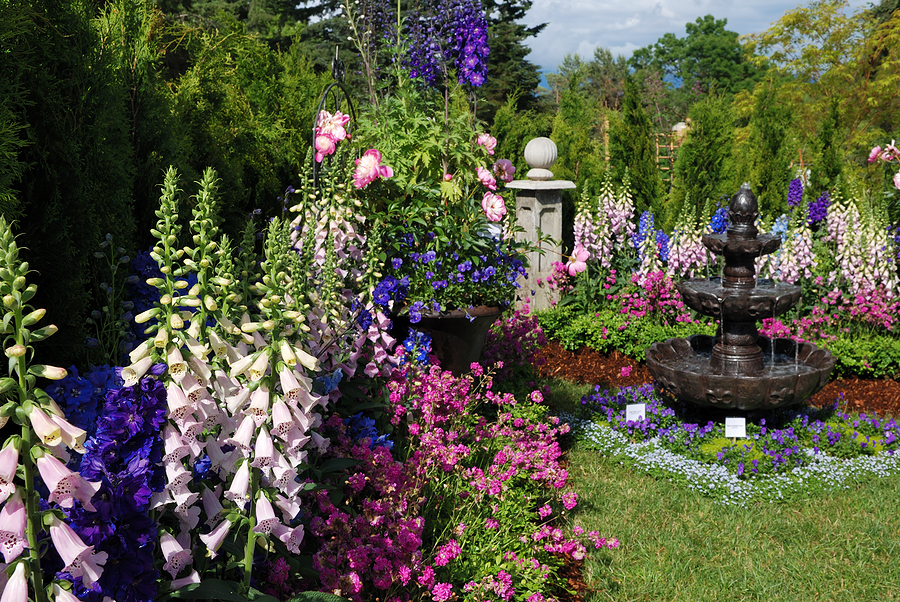Have you ever heard gardeners discussing their heirloom and hybrid vegetables and wondered what in the world they are talking about? It’s all about pollination, fertilisation and creation of seeds and here’s the lowdown.
By Sandi Pullman
First, let’s clear up the confusion around the terms “heirloom” and “heritage”. They are actually the same thing: seeds that have been passed down from generation to generation or from family to family. The seeds are popular because they have one or more attributes that people like, such as great flavour or unusual colours and shapes. Also, the variety is often more than 100 years old and is no longer available from commercial seed suppliers.
Another important fact about heirloom seeds is they are “open-pollinated” as opposed to “closed-pollinated”. Openpollinated means the pollen is transferred by wind, water, bees, insects, animals and birds; plants such as pumpkin or sweet corn are open-pollinated. Closedpollinated plants are able to fertilise themselves (self-pollination) before the petals of the flowers open. While the flower is closed the anther (where the pollen is) rubs against the stigma (female part) and transfers the pollen. Beans and lettuce are examples of self-pollinating plants. All heirloom varieties are openpollinated and very promiscuous. They will accept pollen from any plant of the same species and so a new strain may be developed. The way to prevent openpollinated plants becoming contaminated is to hand-fertilise them and then isolate the flower by putting a paper bag over it and securing it. If you pollinate using this method, the offspring will be the same as the parent plant, otherwise known as “true to type”.
Hybrid seeds are produced by the commercial seed companies. They are developed by plant breeders and are known as F1 hybrids. Two plants are chosen as parents because there is something the breeder likes about them; it may because they have strong disease resistance or an unusual flower colour. The breeder hand-pollinates the flowers and waits to see what the offspring turns out like. Sometimes, the offspring has many good qualities, such as larger flowers or earlier ripening, but the new variety is what we call “not true to type”, which means if you collect seed from these plants and try to grow it you are not guaranteed to get exactly the same plant as the one you had bought before. In fact, quite often hybrids revert back to one of the parents from which they were created. Hybrid snapdragons are notorious for this — you buy red-flowering ones and in the next generation the flowers turn out to be lilac, for instance.
It’s extremely important to preserve our heritage/heirloom seeds as they are the source of our modern seeds and we don’t want varieties to disappear. At the end of the day, it is personal preference.






